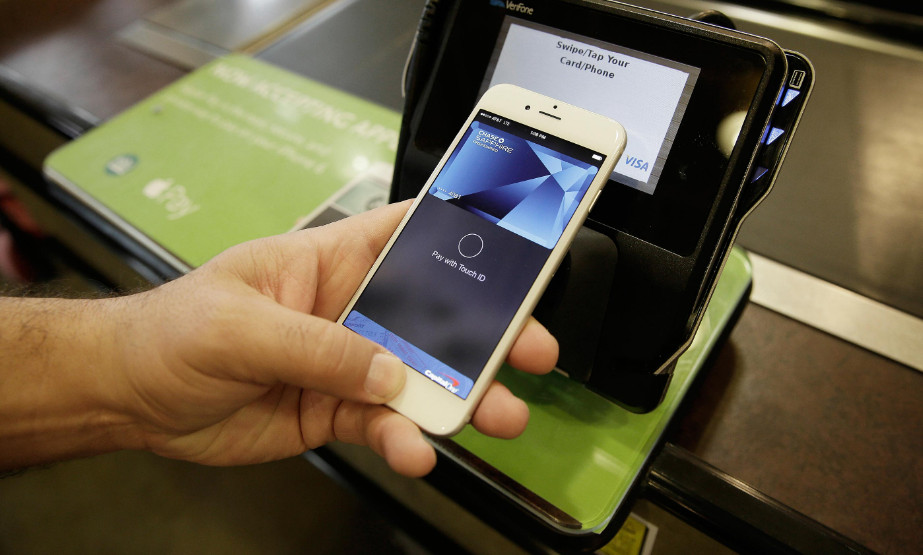For merchants, what does it mean to be mobile-ready?

Shoppers are increasingly making purchases on their mobile devices, and Hongkongers are no stranger to this trend as the city has one of the highest mobile penetration rates globally. Consumers in Hong Kong would be familiar with ordering groceries via the city’super app, booking an Uber, or shopping on a live-streamed auction on Taobao. These are some of the many ways consumers are transacting on their smartphones.
Mobile was already the preferred e-commerce channel before the pandemic struck, but adoption and usage have accelerated in the past year as online-first shopping becomes the norm. According to Worldpay from FIS’ 2021 Global Payments Report, 57% of all online transactions in Hong Kong take place on smartphones, and mobile commerce (m-commerce) will continue to grow rapidly at 13% per annum – significantly exceeding that of desktop at 3%.
As smartphones dominate, a mobile-first approach is critical for merchants who want to come out ahead in the competitive e-commerce landscape.
App-based shopping moves front and centre
As m-commerce overtakes desktop shopping, shopping apps are growing in popularity amongst local consumers. Convenience is driving the consumer experience and the best shopping apps offer exactly that, by making it easy for the consumer to navigate the products and enabling a seamless payments experience.
Alibaba’s Taobao app has become the gold standard in Hong Kong, with an impressive mix of features designed to boost sales. Not only can users chat with sellers directly, they can also use the app to track the exact location of their order once it’s shipped. The app now offers a live-streaming function as well, for sellers to engage in real-time with potential customers using video.
Loyalty is also a large part of the app-based experience. Benefits such as early or exclusive access are increasingly used to attract and retain customers. An app also simplifies the traditional points and discount-based programs by having an in-app payment feature or mobile wallet that helps to track and automatically apply the discount during checkout.
The in-store experience goes mobile too
Mobile is now going beyond e-commerce, as mobile payment offerings become available at point of sale (POS). The 2021 Global Payments Report found that mobile wallets are one of the most popular payment methods at POS in Hong Kong, second only to credit cards. It will be the fastest growing in- store payment method, accounting for 36 percent of transactions by 2024. It is thus important that businesses adapt and offer customers the payment method that they are increasingly coming to expect.
shops can attract customers include the ‘scan and go’ concept, which involves shoppers using an app to scan each item as they put it in the cart, and then making payment via the app. There is also the ‘pay by link’ concept where a sales colleague will send a URL or shopper code to the customer’s smartphone to finalise the payment.
These concepts enhance the customer experience at the POS and will be crucial moving forward, not just for large retailers but small businesses too. With mobile, there are now fewer barriers at POS, making online payments easier and more cost-efficient for businesses of all sizes in Hong Kong.
Security remains a significant consideration
As m-commerce and mobile payments continue its growth trajectory, merchants need a renewed focus on security. Payment fraud remain a pressing concern for both merchants and consumers alike. The mounting costs are measured in excessive chargeback fees, fraud prevention efforts, and lost merchandise. Fraud therefore demands the urgent attention of every business that accepts payments online or on mobile.
Multi-factor authentication and biometrics continue to gain traction as an added layer of security to the mobile checkout process. Merchants can also tackle fraud by partnering with a trusted payments provider that is able to use advanced fraud scoring tools to analyse the payments data and identify abnormal transactions. This then allows them to calibrate the checkout experience based on their degree of risk tolerance.
Bottom line: mobile is no longer a ‘nice to have’ for merchants in Hong Kong; it is imperative that merchants invest in their mobile proposition to be well-positioned to capture the next wave of growth as m-commerce expands both globally and in Hong Kong.
-- Contact us at [email protected]
-

Integration of GIS and BIM can drive development of smart city Dr. Winnie Tang
The China Association for Geospatial Industry and Sciences (“the CAGIS”) released the Top Ten Highlights of China's Geographic Information Industry in 2023, which provides much inspiration. The
-

Equip young people for the future Dr. Winnie Tang
In late February, the inaugural flight of an air taxi from Shenzhen Shekou Cruise Homeport to Zhuhai Jiuzhou Port took only 20 minutes with an estimated one-way ticket price of 200 to 300 yuan per
-

Are we raising a generation of leaders, or of followers? Brian YS Wong
The essence of education is defined not by the facts it imparts, but the potential knowledge it inspires students to individually pursue on their own. Put it this way – the ideal form of education
-

The urgent need for reforms to sex education in Hong Kong Sharon Chau
Nearly one in every four university students (23%) in Hong Kong has been sexually harassed, according to a 2019 report published by the Equal Opportunities Commission (EOC). A 2019 study found that
-

STEAM should be linked to real life Dr. Winnie Tang
In the 2017 Policy Address, STEM (science, technology, engineering and mathematics) education was proposed as one of the eight major directions to promote I&T development. Since then, funding has












